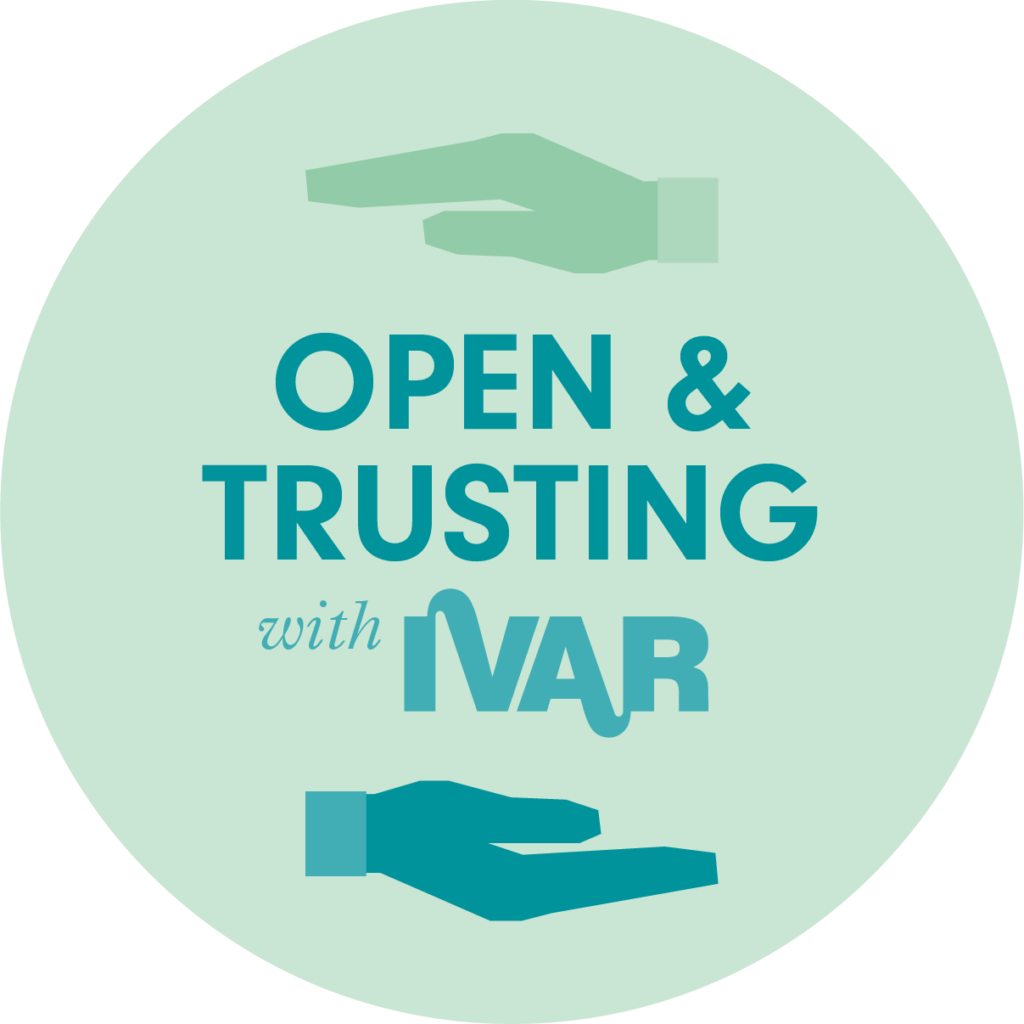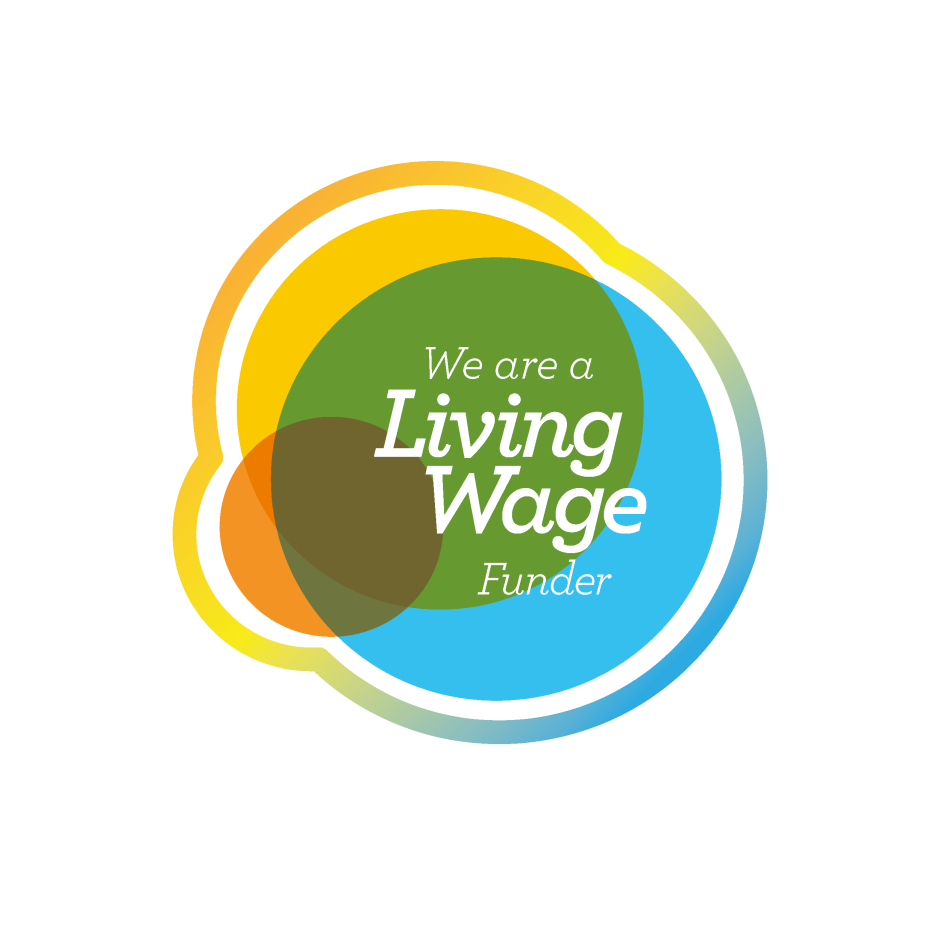Grantmakers
In this section we will explore the comparative size of grantmakers in their respective segments and explore characteristics of the grantmaking segments which do not have a dedicated section on this site.
Size of grantmakers
The majority of grantmakers are relatively small, distributing under £1 million a year.
However, looking at the proportion of grantmakers by band masks the difference in the number of organisations in each category.
The high proportion in the grantmaker category with zero/unknown spend reflects a high number of charitable trusts who are recorded on regulator registers as grantmakers, but are under the threshold for recording returns. Some of these are very small with expenditure of under £10,000 in the year, including investment fees and administration costs.
In the foundation giving section we will explore this grantmaker category in more detail.
National Lottery distributors
Money raised by National Lottery players is donated to good causes through the twelve distributors listed below. The grantmaking figures are for the total distributed by these organisations across all income sources and programmes, which can include public money in the form of grant-in-aid from the Department for Culture, Media and Sport and the National Lottery, as well as funding from other sources.
The total distributed in 2022-23 by these organisations was £2.37bn, a decrease of 13% (21% in real terms) from the previous year (£2.71bn). A significant contributor to this change was the decrease in grantmaking by Sport England of over £420m between the financial years. This reflects significant investment in five-year commitments to system partners totalling £600m made from 2021-22 which impacted the pattern of grantmaking.
Since 1994 when the National Lottery was established, it and the organisations distributing funds on its behalf, have become a vital part of the sector’s income.
Central government departments
Central government departments have significant grant programmes and distribution of spending through grants – however only a small proportion of this is directed to the voluntary and community sector. For the purpose of this analysis, the figures below exclude programmes not relevant to the sector such as formula grants to local authorities, funding of statutory bodies like the Nuclear Liabilities Fund, and other business-related grants that would greatly skew the overall grantmaking picture due to their scale and nature.
Overall, there has been a large decrease of 26%, (33% in real terms) in grantmaking spend compared to the previous year.
Donor-advised funds
A donor-advised fund (DAF) is a giving account established at a registered charity. The umbrella charity serves as a “sponsoring organisation,” which manages and administers individual DAF accounts.
DAF accounts allow donors to make a charitable contribution, receive an immediate tax deduction and then recommend grants from the fund over time. Donors can contribute to the fund as frequently as they like, and then recommend grants to their preferred charitable organisations whenever it makes sense for them.
Some foundations are run through a DAF and do not produce separate accounts. Some DAFs specialise in small donations, including donation platforms, rather than grants. It is not possible to separate these out in the data so we have included all the grants/donations recorded from these “sponsoring organisations” in UKGrantmaking. DAFs are an important but less visible support of philanthropy in the UK.
Overall, there has been an increase of 18%, (7% in real terms) in grantmaking spend compared to the previous year.
Charities
The charities segment of the grantmaking picture includes organisations that provide grants alongside other charitable activities, so they are not primarily a funder, or they make grants in the support of a single cause or institution. The largest 25 organisations are provided below for context. Grantmaking for the largest 25 charities was £2.2bn, an increase of 17%, (7% in real terms) compared to the previous year.
In general, the largest increases in grantmaking spend have been international.
Open and Trusting Grantmakers

Building on the promise many funders made to stand by the sector in response to the Covid-19 pandemic, a community of grantmakers adopted commitments to more open and trusting practices to make life easier for those they fund.
The actions that matter most to charities are:
- Be clear about what is involved in making an application by publishing eligibility criteria, application forms in their entirety, and success rates
- Give charities the chance to ask questions before they make an application
- Only ask for detailed information from applicants once you know they have a good chance of success
- Give meaningful feedback to charities whose applications are turned down
- Give multi-year funding
- Give unrestricted funding
- Accept grantees’ changes to plans and budgets
- Be clear about grant reporting requirements by providing grantees with a statement outlining the purpose of reporting, the information sought and its intended use
- Accept existing reports from grantees (e.g. to other funders, annual reports, etc.)
Further information about each of the commitments is available on the Flexible Funders page of IVAR’s website. IVAR also leads a community of practice to support a shift in culture and practice.
As of April 2024, 134 funders had made the commitments in the IVAR Open and Trusting community, making grants worth over £940m in 2022-23.
Living Wage Funders

Living Wage Funders:
- Are Living Wage Employers
- Seek to ensure their grant-funded posts or investment-funded posts are funded at the real Living Wage where possible
- Support grantees or investees to become Living Wage Employers
Living Wage Funders are committed to tackling low pay by encouraging the organisations they support to pay the real Living Wage. The following were accredited by the Living Wage Foundation as Living Wage Funders as at March 2024.
The total grantmaking in 2022-23 of these Living Wage Funders was over £2.2bn.
Find out more about how you can become a Living Wage Funder.
